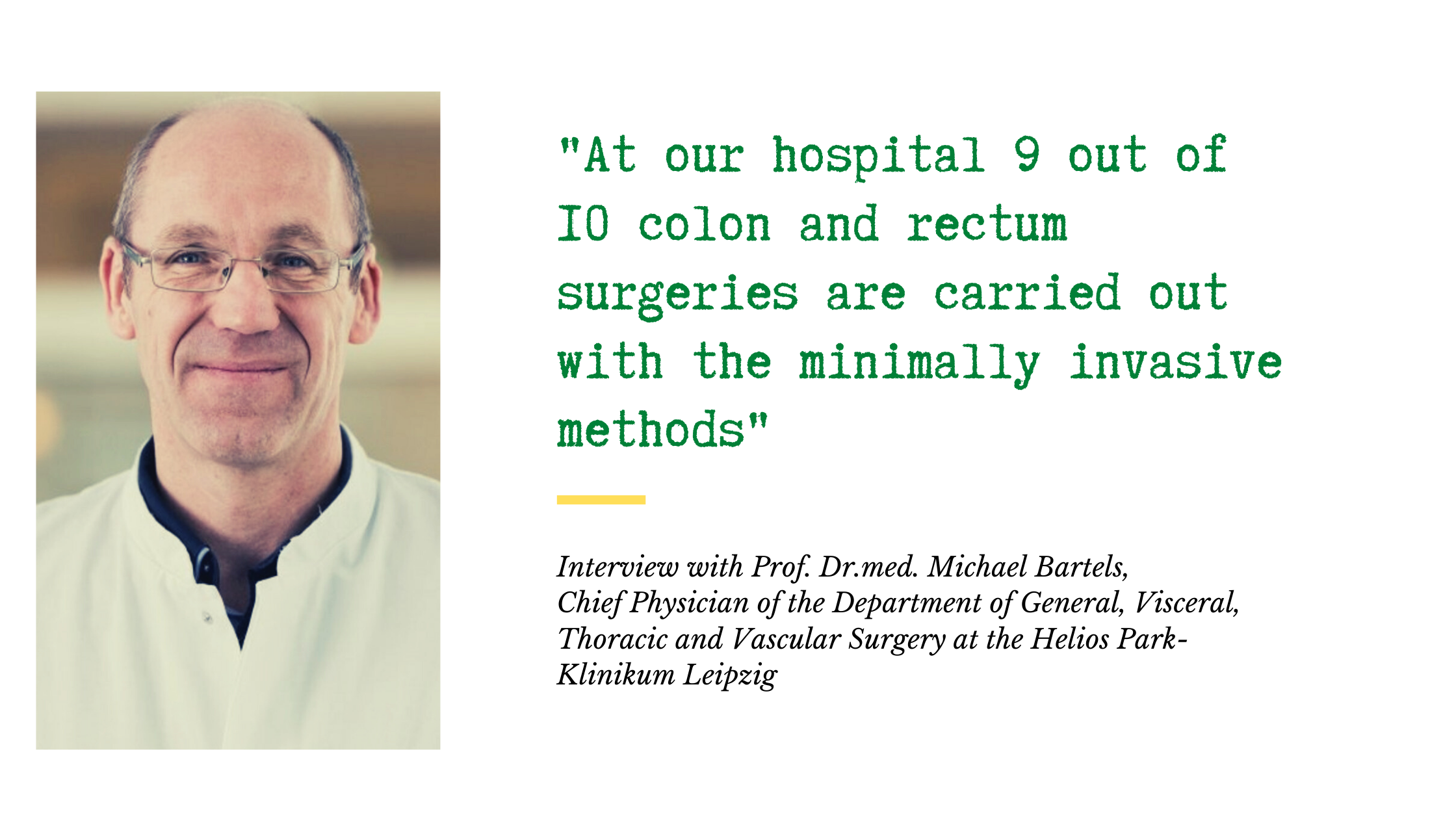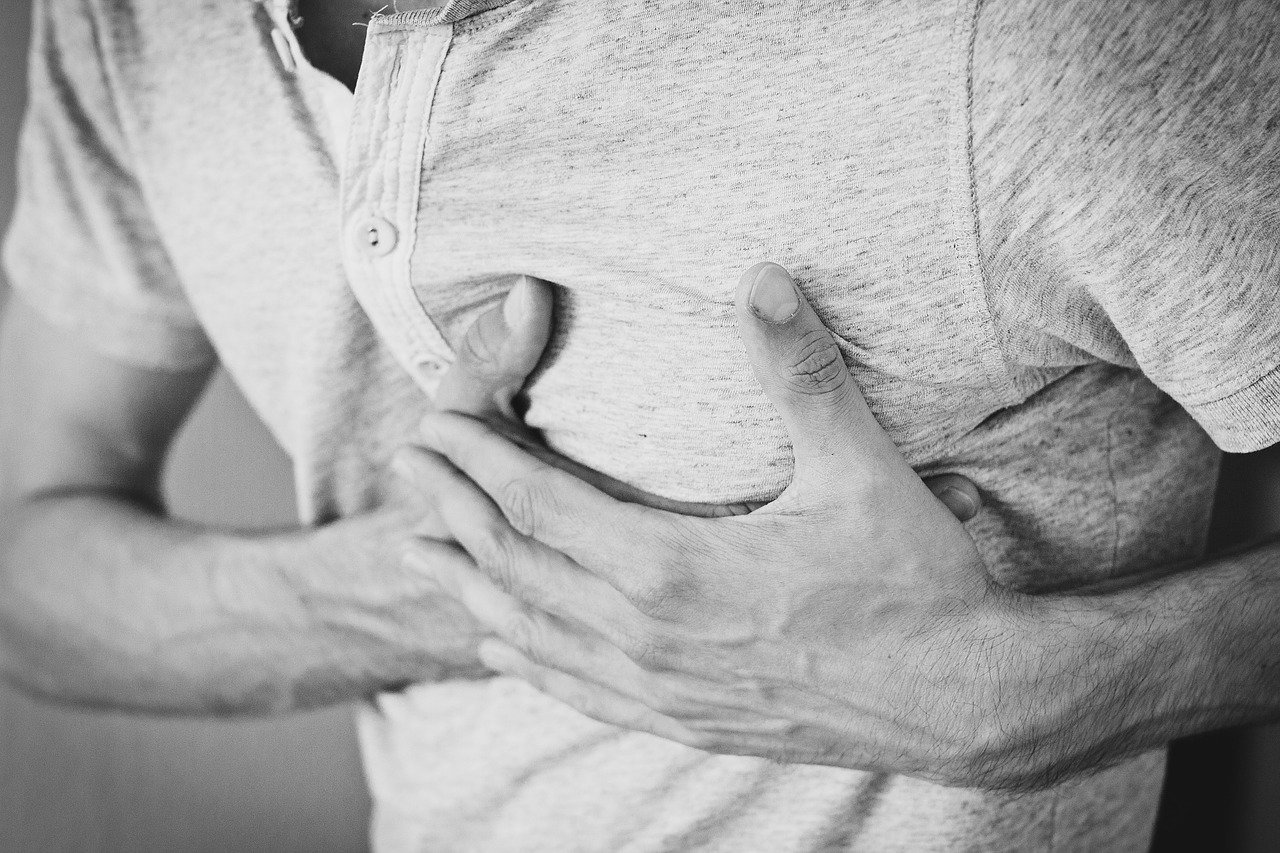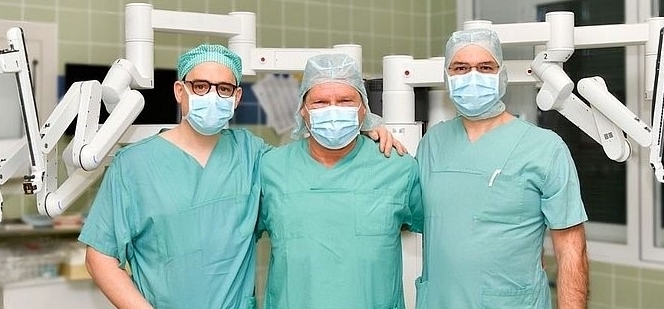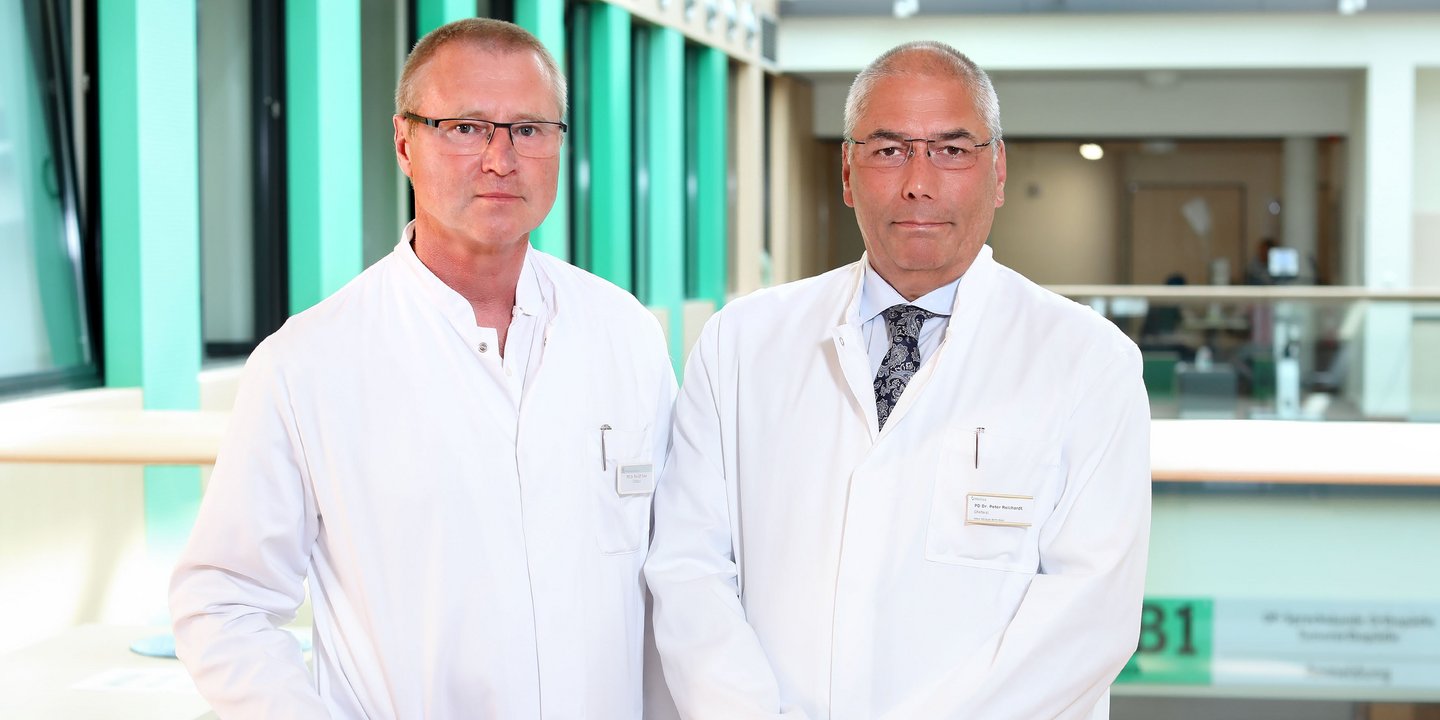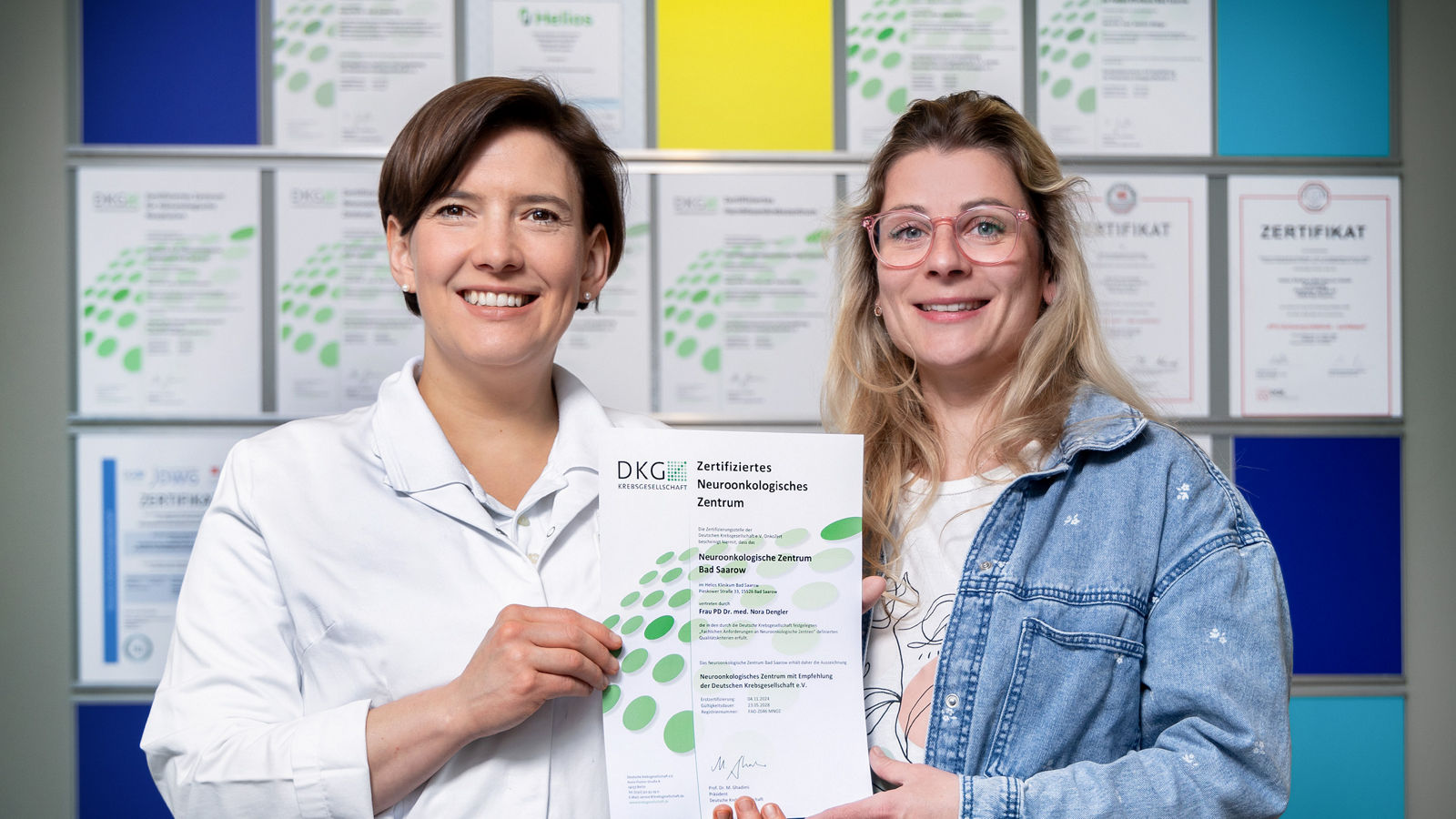
Breast reconstruction after breast cancer
In addition, more and more women are going through the procedure of preventive removal of breast glandular tissue, if they have an increased risk of breast cancer due to hereditary tainted family history.
These women suffer from the disease not only physically, but also mentally. Therefore, physicians recommend breast reconstruction surgery, if such an intervention is possible and the patient is ready to go through it. Generally speaking, the reconstruction is recommended to all patients, and for many of them it becomes an important step in the fight against cancer.
Breast reconstruction can be performed immediately after the breast surgery, and in a few months or even years. The main requirement is the full completion of cancer treatment, such as chemotherapy, surgery or radiation therapy.
Types of reconstruction
For breast reconstruction either a foreign material - silicone - is used, or the patient's own tissue, which is taken from the adipose tissue of the abdomen or thigh. The choice of material depends on many factors: health, the natural size of the breast, as well as other conditions, such as the extent of skin damage after previous surgical procedures or radiation. If possible, doctors try to take into account the wishes of the patient.
Our expertise: autologous reconstruction
The advantage of renovation with your own tissue is the natural long-term outcome.Microsurgical techniques for breast reconstruction have advanced significantly in recent years. Such surgeries require great skill, which is why they are performed only by plastic surgeons who specialize in microsurgery.
Varieties of microsurgical surgerys
Our plastic surgeons perform various types of microsurgical procedures to rebuild the natural breast shape using autologous tissue of the lower abdomen, buttocks or thigh.
During this procedure surgeons try to spare the tissue area as much as possible.
Reconstruction with own tissue is also advantageous because in this way surgeons avoid the development of capsular contraction – an induration that appears around the implant. Moreover, the patient doesn’t have to replace the implant regularly. In general, the reconstruction of the chest with autologous tissue by an experienced surgeon is a safe intervention with minimal risk of complications, that will satisfy our patients for sure.
Methods of reconstruction
DIEP flap (deep inferior epigastric artery perforator) and SIEA flap (superficial inferior epigastric artery blood vessel) are best suited for reconstruction with autologous tissue. Skin and adipose tissue from the lower abdomen are most similar to similar breast tissue, so they can create a natural effect. There is often enough amount of adipose tissue in the abdomen to move some of it to the chest area. This surgery has a positive side effect: a lifting of the abdominal wall is required in order to close the abdominal wall. Surgeons can also take fat tissue from the buttocks with S-GAP flap (superior gluteal artery perforator) or I-GAP/FCI flap (inferior gluteal artery perforator blood vessel and fasciocutaneous infragluteal flap), or - less often - from the thighs: TMG (transverse myocutaneus gracilis flap) or ALTP (anterolateral thigh adipofascial flap).
DIEP flap
Using the best methods of dissection, the surgeon can make an almost autologous implant from the fatty tissue of the lower abdomen with the arteries and veins that feed the implant. Then he moves the transplant and connects the blood vessels of the implant with the vessels passing near the chest under a microscope. A significant advantage of this method is that it doesn’t require a stabilizing muscle cuff, in other words, the abdominal muscles or their parts remain intact.
DIEP stands for the deep inferior epigastric perforator artery, which runs through the abdomen. Sometimes, under certain conditions, the volume of adipose tissue in the lower abdomen may be sufficient even for the reconstruction of both breast glands, then it’s called a double reconstruction with a DIEP-flap.
SIEA flap
A more modern method is a SIEA-flap (superficial inferior epigastric artery) reconstruction. The peculiarity of this flap is that it’s supplied with blood through the superficial blood vessels that pass over the abdominal muscles, which means that the surgeon doesn’t have to touch the direct abdominal muscle (Musculus rectus abdominis) and its epimysium, while maintaining the integrity of the abdominal wall. Unfortunately, this type of plastic is rarely used, as it’s possible only if the patient has a sufficient number of healthy superficial blood vessels.
S-GAP-flap
If it’s impossible to take the flap in the lower abdomen because there isn’t enough abdominal fat tissue or serious previous abdominal surgeries, an alternative would be a suitable flap from some other places. For example, a surgeon may use a skin and fat flap with blood vessels from the upper or lower buttocks. This type of surgery is called a S-GAP or I-GAP/FCI flap reconstruction. The postoperative scar is usually hidden in the natural buttock fold and over time becomes almost invisible.
TMG- or ALTP flap
In special cases, the surgeon resorts to TMG (Gracilis) or ALTP flap: the formation of a transplant from the external or internal surface of the femur with a microsurgical method.
The optimal type of surgery is discussed in detail with each patient during the physician's visit.
What are the risks involved in breast reconstruction?
Although more effort is needed to reconstruct the breast from autologous tissue than to reconstruct it with implants, this surgery doesn’t entail high risks. During a personal consultation, the doctor discusses with the patient the entire course of the surgery, as well as individual risks and possible complications. Any microsurgical tissue transplantation involves a 5% risk of local blood circulation disorder at the joint of blood vessels. However, in about half of the cases, this complication can be corrected by another surgery in time and thus save the transplant. In rare cases, another surgery doesn’t help, and the implanted tissue has to be removed. The breast reconstruction can be repeated later with a flap from another part of the body.
Sometimes there may be wound healing disorders, bruises, inflammation or accumulation of tissue fluid in the wound, i.e. serum, but usually they resolve by themselves.
When do I need silicone implants?
Reconstruction with silicone implants is a simple and fast procedure that allows you to restore the breasts after breast cancer surgery in the fastest time possible. This procedure is the easiest to perform after the removal of the glandular tissue of the breast, while preserving a significant amount of skin. If the breast has to be completely removed together with the skin, the skin on the breast is first stretched with expanders or prostheses before reconstruction with an implant or autologous tissue. Silicone implants are also used, if the reconstruction with autologous tissue can be done only a few months after the removal of the tumor, despite the presence of sufficient skin volume. In the meantime, implants serve as a holder: they maintain skin size and elasticity.
A wide range of implants and prostheses are available for skin enlargement and breast reconstruction, allowing us to adjust the shape, size and quality of the breast skin to the patient's needs.
What is the best way to prepare for breast reconstruction surgery?
- It’s necessary to stay healthy as much as possible.
- Take at least six weeks to recover from the surgery. Travel during this time is prohibited.
- Quit smoking for at least four to six weeks, both before and after surgery, to reduce the risk of infections and tissue regeneration disorders.
- Don’t take blood thinners (such as aspirin) 14 days before surgery. If the patient takes tamoxifen, it should also be discontinued some time before surgery.
Necessary diagnostics
- If there’s a risk of thrombosis, an extended blood test with a coagulogram (determination of clotting parameters) is performed first.
- CT with contrast enhancement is performed to visualize the abdominal vessels to minimize the time of the surgery itself and reduce the risk of complications.
- Within 24 hours after the surgery, the joint area of the vessels in the new breast tissue is examined and this area is monitored by ultrasound. Therefore, the first night after the surgery, the patient is monitored in the intensive care unit.
- On the following days, the doctors will examine the patient.
What does the outpatient screening include?
Physicians discuss with each patient the plan of postoperative care and conduct free outpatient monitoring. Most patients can get back on their feet after 1-2 days of bed rest, but still you should remember the following:
- There may be a slight pain in the wound area, but it’s easy to take under control with painkillers.
- Swelling and bruising will disappear after a few days or weeks.
- The drainage installed during the surgery are removed after a few days.
- After removing the drainage, you can take shower. However, you should avoid taking baths for the next few weeks.
- During the first few weeks, you should wear an individual compression bra that promotes the healing process.
- After about two weeks, you can start taking care of the scars. Rigid and slightly reddened scars can be treated with a cream and gentle massage, so that they quickly become pale and soft.
- For at least six months, you shouldn’t expose scars to direct sunlight or UV light to avoid pigmentation.
- During the first two or three months after surgery, you should avoid significant physical activity and sports.
When to expect complete healing?
Depending on the recovery process, the hospital stay is between eight and ten days.
- After about six weeks, it will be possible to return to the workplace.
- After four to six months, the process of healing of internal tissues is completed, then a small corrective surgery, such as breast lift or nipple reconstruction, can be performed.
- The final results of the surgery can only be seen a few months after the surgery, when all swelling and scars will resolve.
- Scars and thickening of tissues or skin may change even within the next year.
Do you need more information about Helios Hospitals or want to schedule your treatment?



